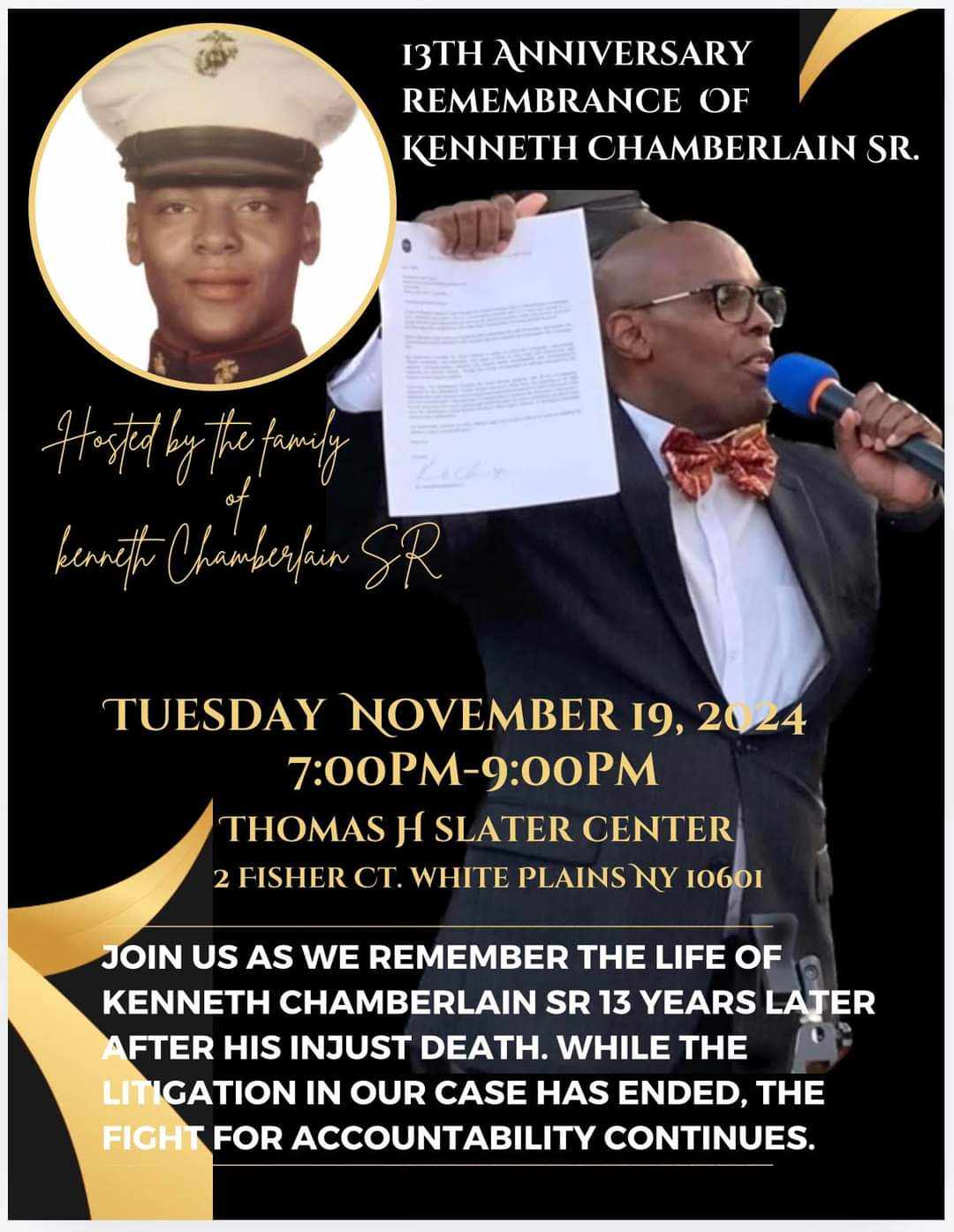Areas in North Country, Capital Region, Central NY, Mohawk Valley, Southern Tier and Upper Mid-Hudson to See Widespread 6-12 Inches of Snow Through Wednesday Night
Higher Elevations, Including Adirondacks and Catskills, Could See Up to Two Feet of Snow by Wednesday Night
Heavy, Wet Snow Could Cause Hazardous Travel and Power Outages, Especially During Wednesday and Thursday Commutes, As Well As Power Outages
2-3 Inches of Rain Expected Across New York City, Long Island and Lower Mid-Hudson Regions Could Cause Flooding in Low-Lying and Flood-Prone Areas
Wind Gusts Up To 50 MPH Statewide Could Cause Additional Power Outages and Potentially Moderate Coastal Flooding in New York City and Long Island
New Yorkers Can Subscribe for Emergency Alerts Here
Governor Hochul today urged New Yorkers to prepare for a long-duration storm system set to impact the state with heavy snow, rain, and high wind gusts that could cause hazardous travel, power outages, and flooding. For the North Country, Capital, Central, Mohawk Valley, Southern Tier, and upper Mid-Hudson regions, snow and sleet will begin Tuesday night and transition to snow overnight. By Wednesday night, many could see 6-12 inches of snow, and the highest elevations of the Adirondacks and Catskills could see up to two feet of snow. Lower elevations in the North Country, Capital, and upper Mid-Hudson should expect to see a wintry mix and plowable snow.
Travel will likely be hazardous, especially during the Wednesday and Thursday commutes, and areas receiving heavy, wet snow could see isolated power outages. For the New York City, Long Island, and the lower Mid-Hudson regions, a widespread 2-3 inches of rain is expected to fall starting Tuesday night and continuing through Thursday, which will likely result in flooding of low-lying and flood-prone areas. Across the state, wind gusts up to 50 mph are possible Wednesday and Thursday, which could cause additional, isolated power outages and potentially moderate coastal flooding in New York City and Long Island. Governor Hochul urged New Yorkers to monitor the weather closely, as the forecast may shift over the next couple of days and prepare for hazardous travel and other storm impacts.
“Despite early signs of spring, we are closely monitoring a storm system that is expected to bring heavy snow, rain, and gale-force winds to parts of our state,” Governor Hochul said. “It is critical that New Yorkers monitor their local forecasts and take proper precautions as the weather unfolds. I have directed state agencies to make the necessary preparations and to engage with local partners as we prepare for the conditions to come.”
Winter Storm Watches are in effect for multiple locations in the North Country, Capital Region, Mohawk Valley, Central New York, and the Southern Tier through Thursday night. New Yorkers are encouraged to sign up for emergency alerts by subscribing to NY Alert at https://alert.ny.gov, a free service providing critical emergency information to their cell phone or computer. For a complete listing of weather alerts and forecasts, visit the National Weather Service website at https://alerts.weather.gov.
Agency Activities
New York State Division of Homeland Security and Emergency Services
The Division’s Office of Emergency Management is in contact with local counterparts and is prepared to facilitate requests for assistance. State stockpiles are staffed and ready to deploy emergency response assets and supplies as needed.
New York State Department of Transportation
The Department of Transportation is monitoring weather conditions and is prepared to respond with more than 3,750 supervisors and operators. All field staff are available to fully engage and respond. Staff can be configured into any type of response crews that are needed, including flood response, chipper, load and haul, sewer jet, cut and toss, traffic signal, etc. Crews are checking and clearing drainage structures to make sure they are free of debris and clogs. All residencies in impacted locations will remain staffed for 24/7 operations with operators, supervisors, and mechanics throughout the duration of the event and priority cleanup operations.
Statewide equipment numbers are as follows:
- 1,602 large plow trucks
- 154 medium duty plows
- 52 tow plows
- 35 snow blowers
- 338 large loaders
- 83 tracked and wheeled excavators
- 82 chippers
- 20 graders
- 13 vacuum trucks with sewer jets
- 13 tree crew bucket trucks
For real-time travel information, motorists should call 511 or visit www.511ny.org, New York State’s official traffic and travel information source.
Thruway Authority
Thruway Authority staff is monitoring the forecast and ready to respond to any weather-related issues with 701 plow operators and supervisors statewide. Statewide equipment numbers and resources are listed below:
- 357 large and medium duty plow trucks
- 11 tow plows
- 66 loaders
- More than 111,000 tons of salt on hand
Variable Message Signs and social media are utilized to alert motorists of winter weather conditions on the Thruway. The Thruway Authority encourages motorists to download its mobile app which is available for free on iPhone and Android devices. The app provides motorists direct access to real-time traffic information, live traffic cameras, and navigation assistance while on the go. Motorists can also sign up for TRANSalert e-mails and follow @ThruwayTraffic on X for the latest traffic conditions along the Thruway.
Department of Public Service
Utility companies regulated by the Department of Public Service have approximately 5,500 workers available statewide to engage in repair and restoration efforts for the forecasted winter weather system over the next few days. DPS staff will track utilities’ work throughout the event and ensure utility companies shift appropriate staffing to regions that experience the greatest impact. If your service is interrupted, visit the DPS Utility Service Interruptions website for tips.
New York State Police
State Police is monitoring weather conditions and will deploy additional Troopers to impacted areas as needed. All State Police four-wheel drive and specialized vehicles, including snowmobiles, airboats, and utility terrain vehicles are staged, and necessary equipment is ready for immediate response as needed. All emergency power and communications equipment have been tested and are functioning appropriately.
New York State Department of Environmental Conversation
DEC Emergency Management staff, Environmental Conservation Police Officers, Forest Rangers, and regional staff are on alert and monitoring the developing situation and weather forecasts. DEC is coordinating resource deployment with agency partners and moving all available assets to targeted areas in preparation for potential impacts due to heavy snow.
In addition, DEC reminds outdoor enthusiasts and backcountry users to be mindful of conditions when hiking and to use caution when venturing onto ice. Always check ice thickness before traveling across it. A minimum of three to four inches of solid ice is the general rule for safety. Winter hiking and skiing safety and preparedness are extremely important no matter your physical ability or destination. Properly preparing for winter conditions is essential for a more enjoyable and safer experience. During and immediately following periods of heavy snowfall, avoid open, exposed areas like bare summits and use extreme caution when traveling on or near open slopes.
DEC reminds those responsible for the removal and disposal of snow to follow best management practices to help prevent flooding and reduce the potential for pollutants like salt, sand, oils, trash, and other debris in snow from affecting water quality. Disposal of snow in local creeks and streams can create ice dams which may cause flooding in nearby areas. Public and private snow removal operators should be aware of these safety issues during and after winter storms. Additional information is available online here.
New York State Office of Parks, Recreation and Historic Preservation
New York State Park Police and park personnel are on alert and closely monitoring weather conditions and impacts. Response equipment is being fueled, tested, and prepared for storm response use. Park visitors should visit parks.ny.gov, check the free NY State Parks Explorer mobile app or call their local park office for the latest updates regarding park hours, openings and closings.
Metropolitan Transportation Authority
The Metropolitan Transportation Authority is closely monitoring weather conditions to ensure safe, reliable service. MTA employees will be poised to respond to any weather-related issues, including removal of any downed trees that may fall across tracks.
Customers are encouraged to check new.mta.info for the latest service updates, and to use caution while navigating the system. Customers should also sign up for real-time service alerts via text or email. These alerts are also available via the MTA app and TrainTime app.
Port Authority
The Port Authority monitors weather conditions across all its facilities. In the event of severe weather conditions, the agency issues regular travel alerts and updates as needed via facility email alerts and on social media. For the latest information about Port Authority facilities, please check social media, sign up for PA alerts or download one of the PA mobile apps, including RidePATH, which provides real-time updates and alerts for PATH service.
Safety Tips
Winter Weather
- Service snow removal equipment. Use rock salt to melt ice on walkways, and sand to generate traction.
- Winterize your home and have heating sources inspected annually.
- If you use heating oil, maintain an adequate supply.
- Have safe, emergency heating equipment available and use according to manufacturer’s instructions.
- Install and check smoke alarms.
- Protect water pipes from freezing.
Traveling in Winter Weather
Some of the most important tips for safe driving include:
- Do not drive unless necessary.
- If you must travel, make sure your car is stocked with survival gear like blankets, a shovel, flashlight and extra batteries, extra warm clothing, set of tire chains, battery booster cables, quick energy foods and brightly colored cloth to use as a distress flag.
- If you have a cell phone or other communications device such as a two-way radio available for your use, keep the battery charged and keep it with you whenever traveling. If you should become stranded, you will be able to call for help, advising rescuers of your location.
- The leading cause of death and injuries during winter storms is transportation accidents. Before getting behind the wheel, make sure that your vehicle is clear of ice and snow; good vision is key to good driving. Plan your stops and keep more distance between cars. Be extra alert and remember that snowdrifts can hide smaller children. Always match your speed to the road and weather conditions.
- It is important for motorists on all roads to note that snowplows travel at speeds up to 35 mph, which in many cases is lower than the posted speed limit, to ensure that salt being dispersed stays in the driving lanes and does not scatter off the roadways. Oftentimes on interstate highways, snowplows will operate side by side, as this is the most efficient and safe way to clear several lanes at one time.
- Motorists and pedestrians should also keep in mind that snowplow drivers have limited lines of sight, and the size and weight of snowplows can make it very difficult to maneuver and stop quickly. Snow blowing from behind the plow can severely reduce visibility or cause whiteout conditions. Motorists should not attempt to pass snowplows or follow too closely. The safest place for motorists to drive is well behind the snowplows where the roadway is clear and salted. Never attempt to pass a snowplow while it’s operating.
Power Outages
- If you use medication that requires refrigeration, most can be kept in a closed refrigerator for several hours without a problem – check with your physician or pharmacist.
- If you have space in your refrigerator or freezer, consider filling plastic containers with water, leaving an inch of space inside each one – this will help keep food cold if the power goes out.
- Plan to have an alternative cooking source, such as a camp stove or outdoor grill. Follow appropriate safety rules for its use outside the residence.
- Consider buying a generator and follow the rules for using it outside the residence. Before installing a generator, be sure to properly disconnect from your utility electrical service. If possible, have your generator installed by a qualified electrician.
- Have extra blankets, coats, hats, and gloves on hand to keep warm.
- If you have a computer, back up files and operating systems regularly. Turn off all computers, monitors, and other devices when they are not being used.
- If you have an electric garage door opener, locate the manual release level, and learn how to operate.
- If you have a telephone instrument or system that requires electricity to work, plan for alternate communication such as a standard tele-phone handset, cellular telephone, or radio.
What to Do If the Power Goes Out
- Turn off or disconnect major appliances and other equipment, e.g., computers, in case of a momentary power surge that can damage these devices. Keep one light turned on so you know when power returns. Consider using surge protectors wherever you use electronic equipment.
- Call your utility provider to notify them of the outage and listen to local broadcasts for official information. Check with your utility to determine area repair schedules.
- Check to see if neighbors and those with access or functional needs have power.
- Use only flashlights for emergency lighting – candles pose the risk of fire.
- Keep refrigerators and freezer doors closed – most food requiring refrigeration can be kept safely in a closed refrigerator for several hours. An unopened refrigerator will keep food cold for approximately four (4) hours. A full freezer will keep the temperature for about 48 hours.
- Do not use a charcoal grill indoors and do not use a gas stove for heat – they could give off harmful levels of carbon monoxide.
- Stay warm by dressing in layers and minimizing time spent outdoors. Be aware of cold stress symptoms (i.e., hypothermia) and seek proper medical attention if symptoms appear.
- Close off rooms you do not need.
To Report an Electric Outage, Call:
- Central Hudson: 800-527-2714
- Con Edison: 800-752-6633
- National Grid: 800-867-5222
- NYSEG: 800-572-1131
- O&R: 877-434-4100
- PSEG-LI: 800-490-0075
- RG&E: 800-743-1701
Heating Safety
- Use only safe sources of alternative heat such as a fireplace, small well-vented wood or coal stove or portable space heaters.
- When using alternative heat sources such as a fireplace, wood stove, etc. always make sure you have proper ventilation. Always follow the manufacturer’s instructions.
- Keep curtains, towels, and potholders away from hot surfaces.
- Have a fire extinguisher and smoke detectors and make sure they work.
- If you use kerosene heaters to supplement your regular heating fuel, or as an emergency source of heat, follow these safety tips:
- Follow the manufacturers’ instructions.
- Use only the correct fuel for your unit.
- Refuel outdoors only and only when the unit is cool.
- Keep the heater at least three feet away from furniture and other flammable objects.
- When using the heater, use fire safeguards and ventilate properly.
For more winter safety tips, visit dhses.ny.gov/safety. For all non-emergency service needs in New York State before, during or after a storm, call 211 or visit 211nys.org.





